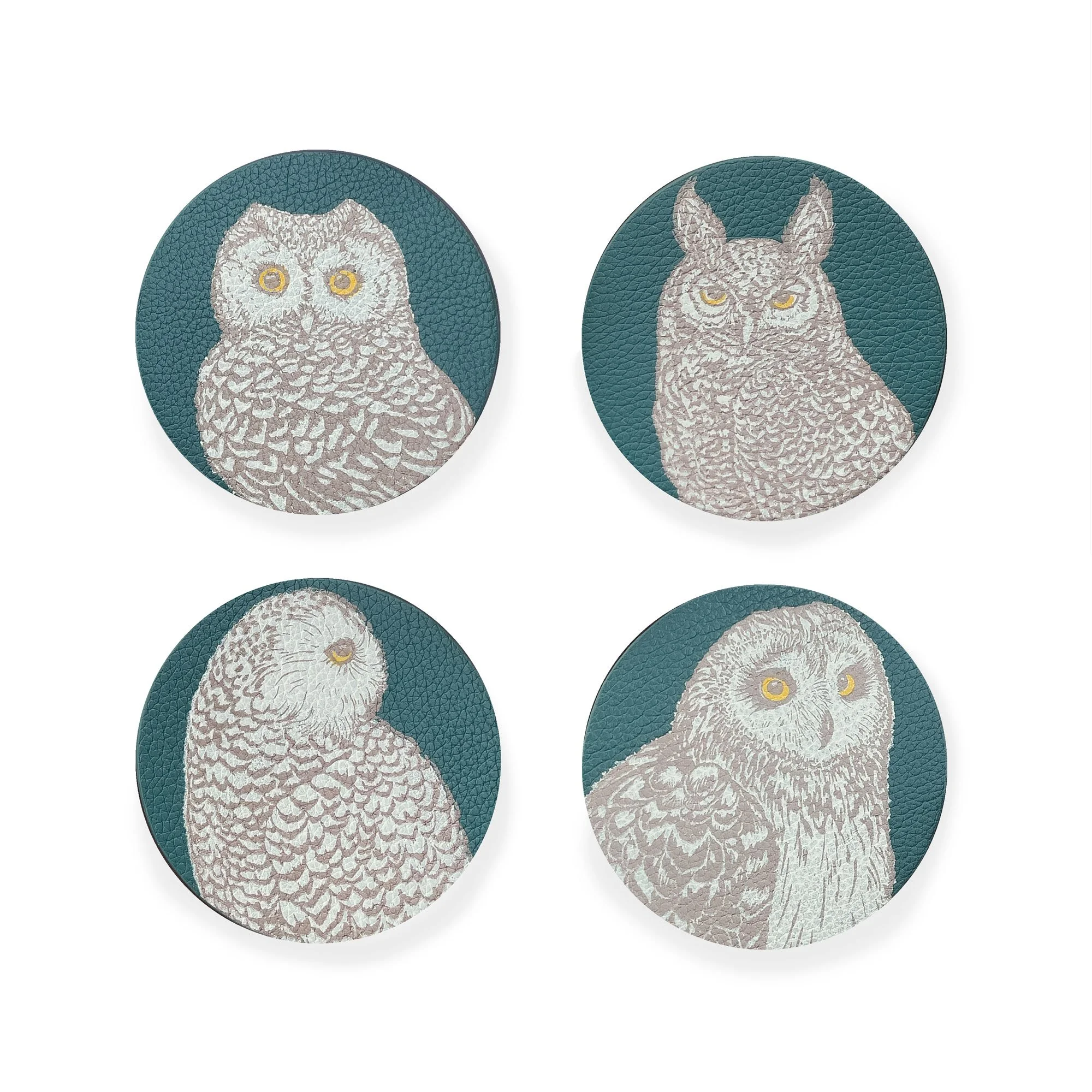Mitten crab found in Hudson River
A mitten crab was found in the Hudson River for the first time in two years.
Earlier in November researchers were setting nets at the mouth of the Enderkill at Norrie Point State Park in Staatsburg in hopes of catching eels. They only caught one small eel, but also caught “one unusual creature,” according to the report from the Hudson River Almanac.
Researchers believe the mitten crab spawned in saltwater last January and spent the summer and fall in the freshwater part of the estuary. The crab was not released back into the Hudson.
The Chinese mitten crab (Eriocheir sinensis) has been an invasive species in Europe for decades. Mitten crabs are burrowing crabs that are are much larger than our native mud crabs.
The impact of the mitten crab on East Coast estuaries is still unknown, and anyone who comes across a mitten crab in New York State is urged to notify Cathy McGlynn, NYSDEC Aquatic Invasive Species Coordinator (518-408-0436, catherine.mcglynn@dec.ny.gov). Do not release them live. If you take photos, make certain that you take both dorsal and ventral views so we can determine its sex.
Driving helps older adults – persons 65 and older – stay mobile and independent. However, as we age, declines in vision and cognition (ability to reason and remember), and physical changes might affect driving. Certain medical problems such as heart disease, dementia, sleep disorders, and limited hearing and vision place older adults at an increased risk of car crashes. Additionally, medicines, both prescription and over the counter, such as those used for sleep, mood, pain, and/or allergies among others might affect driving safety.
Older drivers are also at an increased risk of being injured or killed in a crash due to increasing frailty and underlying health problems.
In New York State, “the DMV can require an evaluation of a driver whose skills and abilities are in doubt. The DMV will examine reliably reported information to determine if a driver needs to be re- evaluated.” A physician, police officer, or someone who knows or has observed the driver can contact DMV if they believe a driving re-evaluation is needed.
Get the facts:
One in 6 drivers in the United States are 65 years or older.
Older adult drivers are more than twice as likely to report having a medical problem that makes it difficult to travel as compared with drivers ages 24‒64.
Four in five older adults take one or more medications daily. Physical changes that occur with age can change the way the body reacts to medicines, causing more side effects and affecting the ability to concentrate and drive safely.
Here are some steps that older adults can take to stay safe on the road:
Discuss any medical issues with your doctor to determine if they might affect your driving.
Discuss stopping or changing your medications with your pharmacist or doctor if you experience any side effects that could interfere with safe driving such as blurry vision, dizziness, sleepiness, confusion, fatigue, and/or loss of consciousness.
Have your eyes checked by an eye doctor at least once a year. Wear glasses and corrective lenses as directed.
Plan your route before you drive.
Consider potential alternatives to driving, such as riding with a friend, using public transit, or car ride services.
Leave more space between you and the car in front of you.
Start braking early when you need to stop.
Avoid heavy traffic areas or rush-hour driving when you can.
If you must drive on a fast-moving highway, drive in the right-hand lane. Traffic moves more slowly there, giving you more time to make safe driving decisions.
Is It Time to Give Up Driving?
We all age differently. For this reason, there is no way to set one age when everyone should stop driving. So, how do you know if you should stop? To help decide, ask yourself:
Do other drivers often honk at me?
Have I had some accidents, even if they were only "fender benders"?
Do I get lost, even on roads I know?
Do cars or people walking seem to appear out of nowhere?
Do I get distracted while driving?
Have family, friends, or my doctor said they're worried about my driving?
Am I driving less these days because I'm not as sure about my driving as I used to be?
Do I have trouble staying in my lane?
Do I have trouble moving my foot between the gas and the brake pedals, or do I sometimes confuse the two?
Have I been pulled over by a police officer about my driving?
If you answered "yes" to any of these questions, it may be time to talk with your doctor about driving or have a driving assessment.
The Dutchess County Office for the Aging tips:
When in doubt, don’t go out. Dutchess County winters can be tough on any driver, whether they’re 28 or 82. Plan your travel for when conditions are best.
Drive like a townie. By that, we mean that you should have a good working knowledge of less-crowded alternatives to major roads in your area.
Use assistive devices. Back-up cameras are now standard equipment on new cars, but even if you’re not looking for a new car there are aftermarket cameras that can be installed on older cars. Other devices that can help: Swiveling auto seat cushions; Vehicle grab bars that can help you get up from a car that’s low to the ground, or down from a truck or SUV that’s higher up; Panoramic rearview mirrors and blind spot mirrors; Grip assistance devices for steering wheels.
For more information, contact the Dutchess County Office for the Aging, 114 Delafield St., Poughkeepsie, New York 12601, 845-486-2555, www.dutchessny.gov/aging
Sources:
https://www.cdc.gov/features/older-driver-safety/index.html
https://www.nia.nih.gov/health/older-drivers
https://www.dutchessny.gov/Departments/Aging/Docs/Aging-News-December-5-2022.pdf
ADVERTISEMENT
































